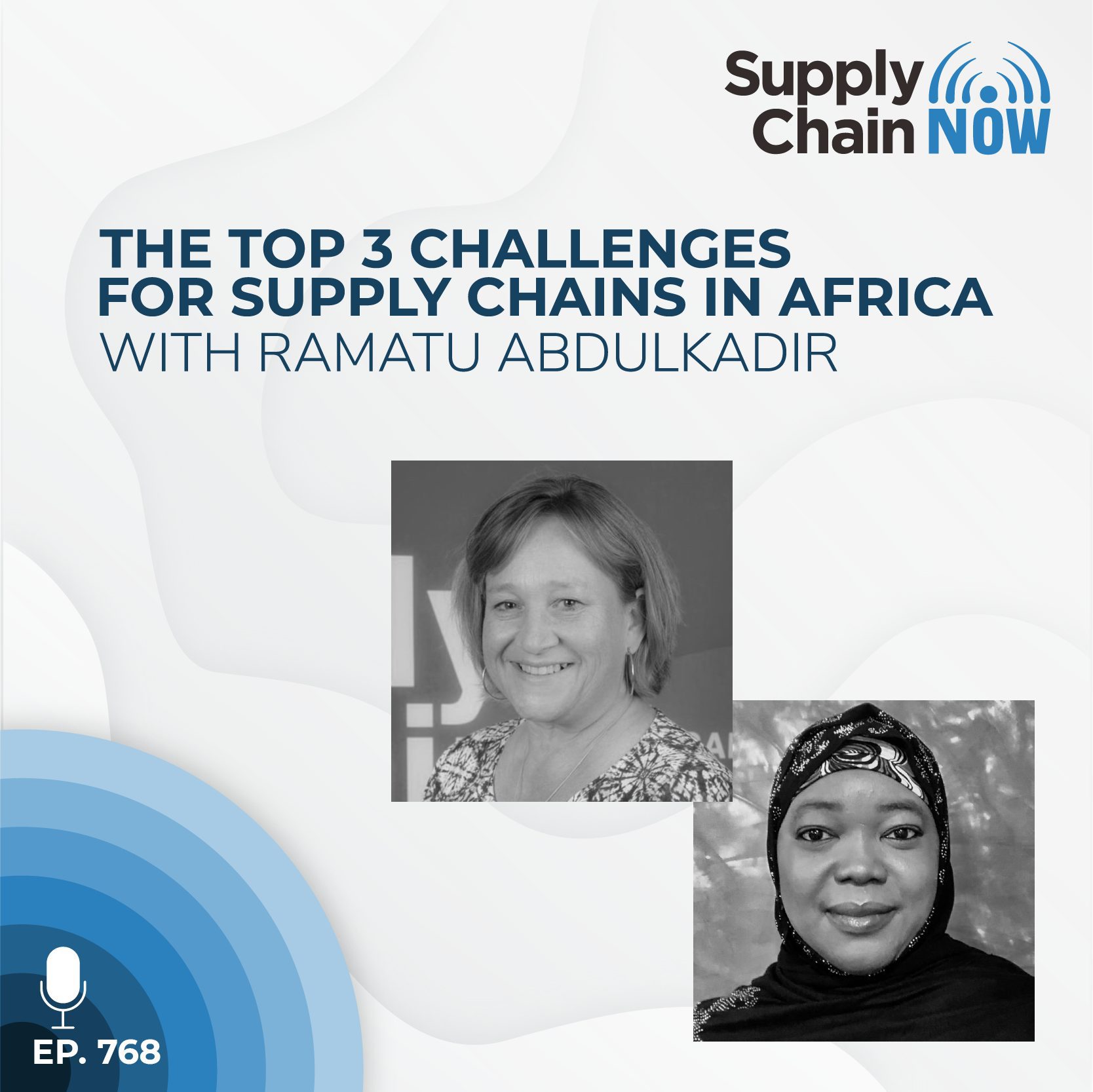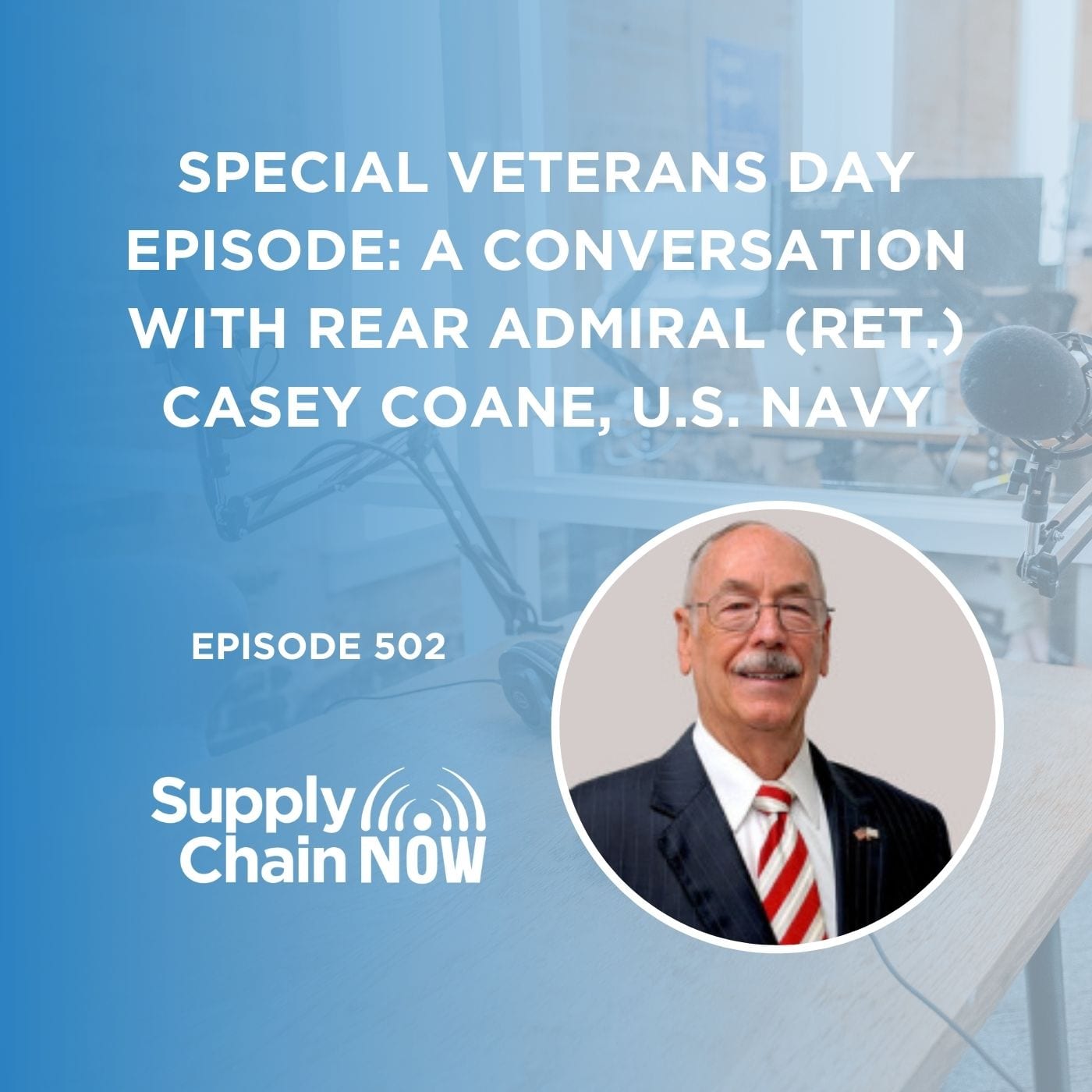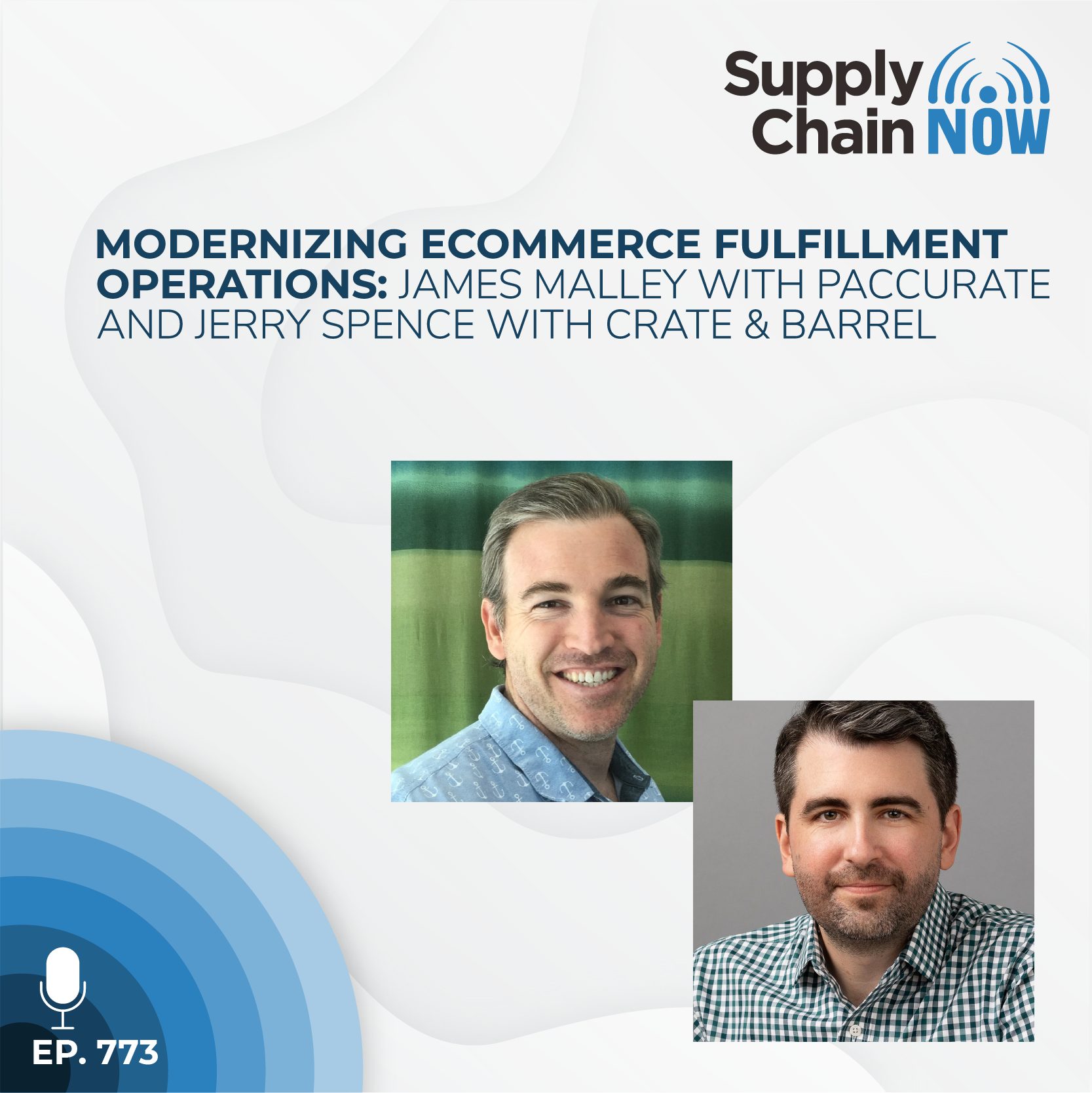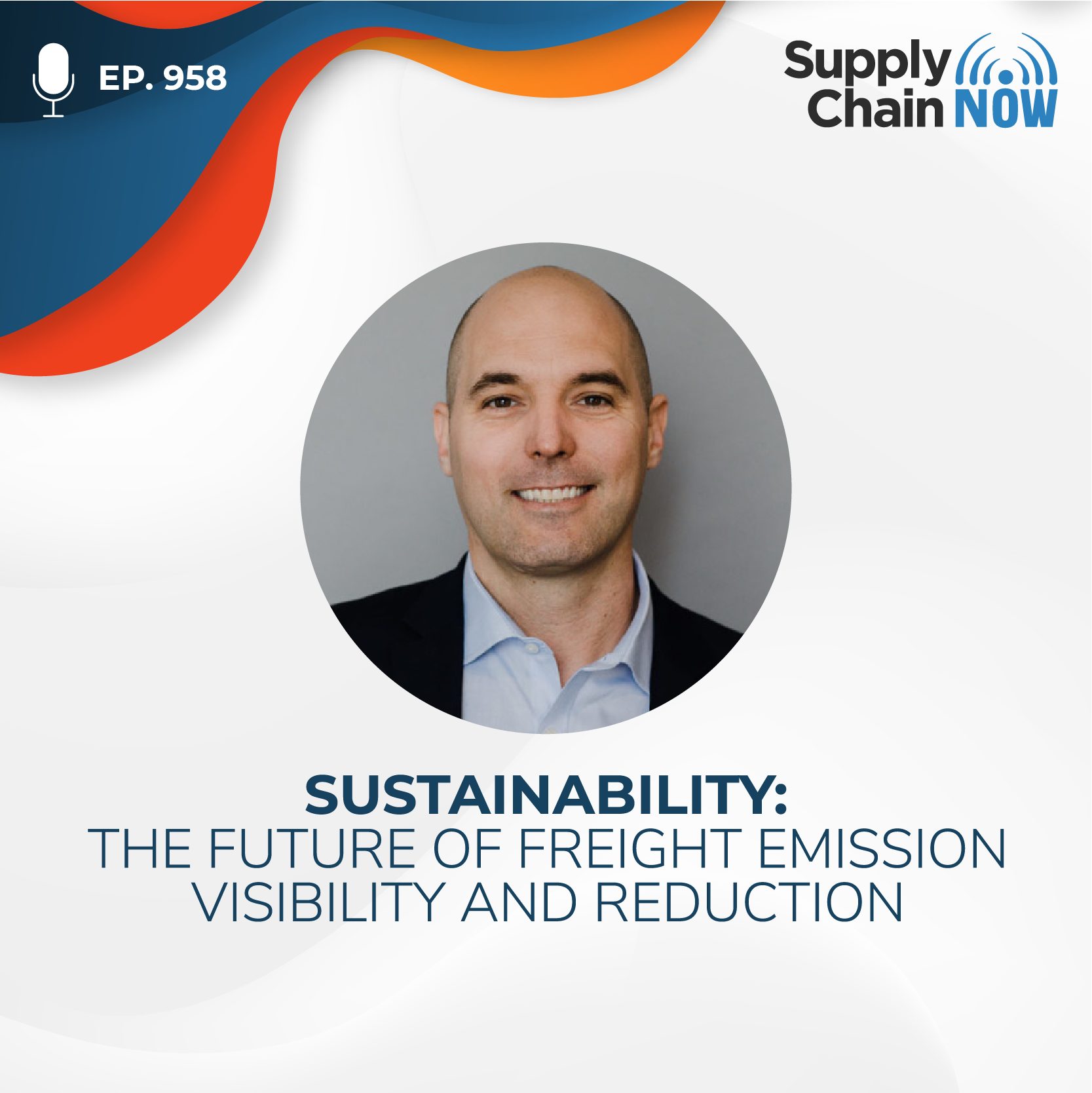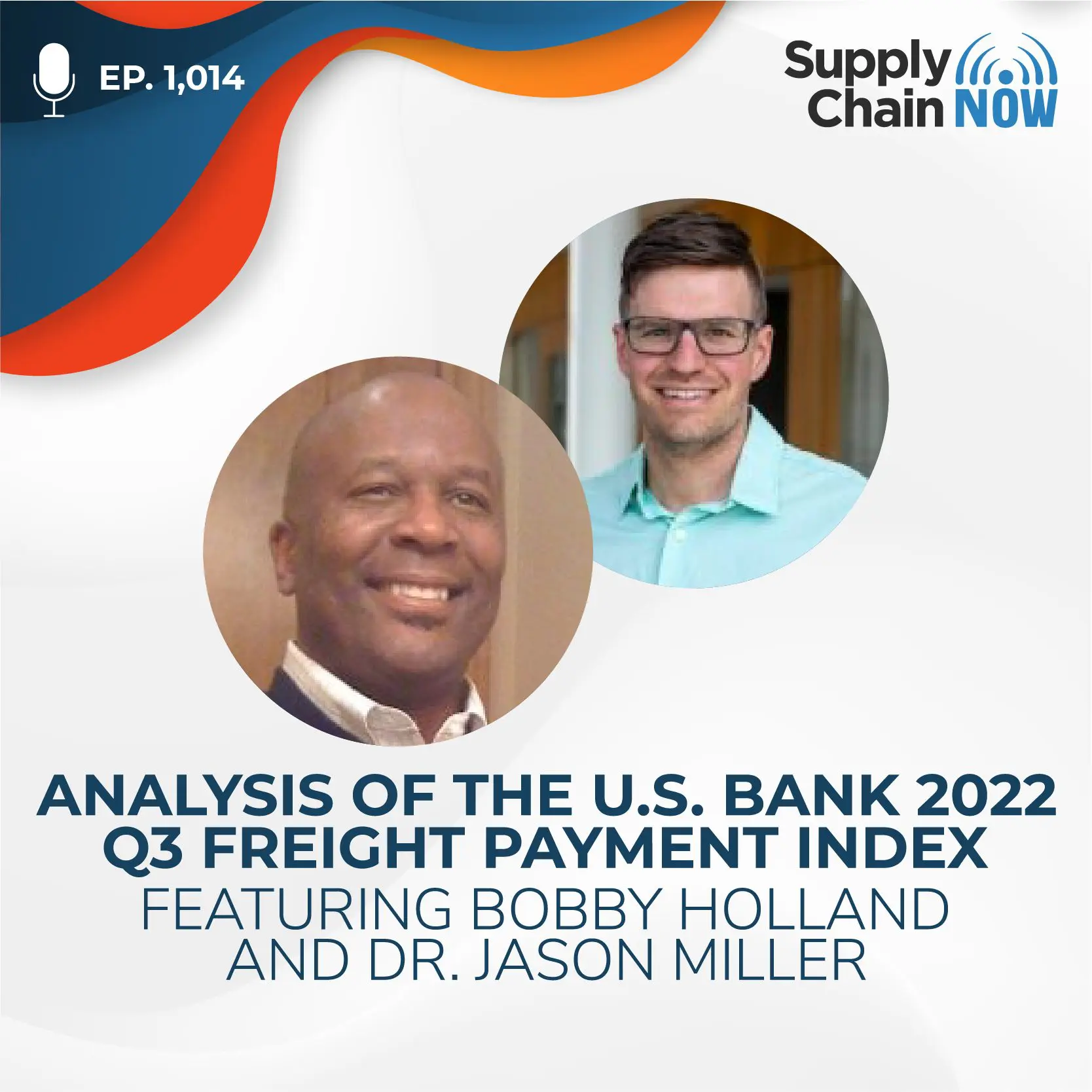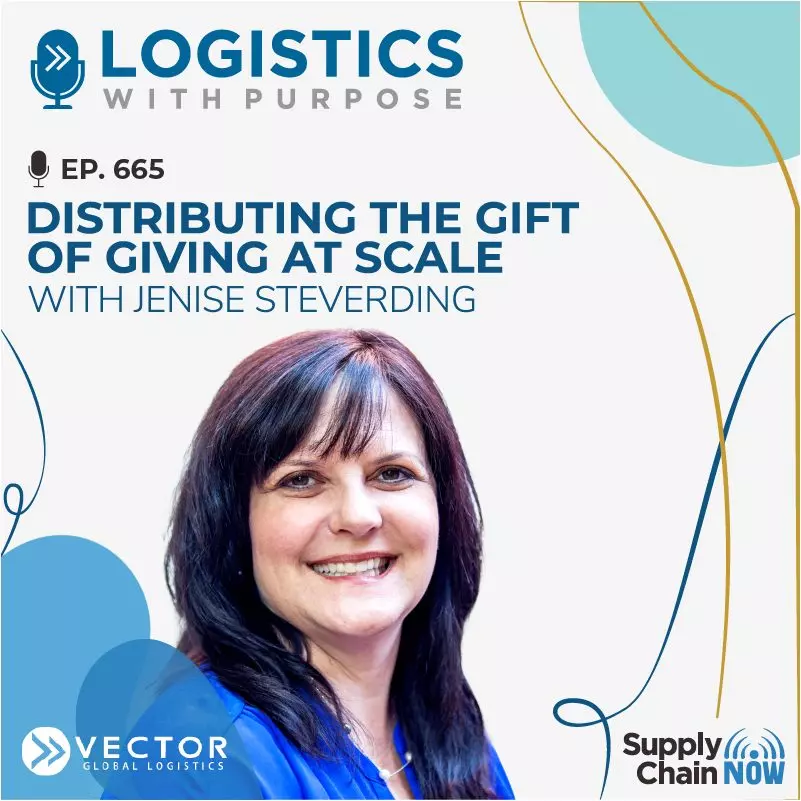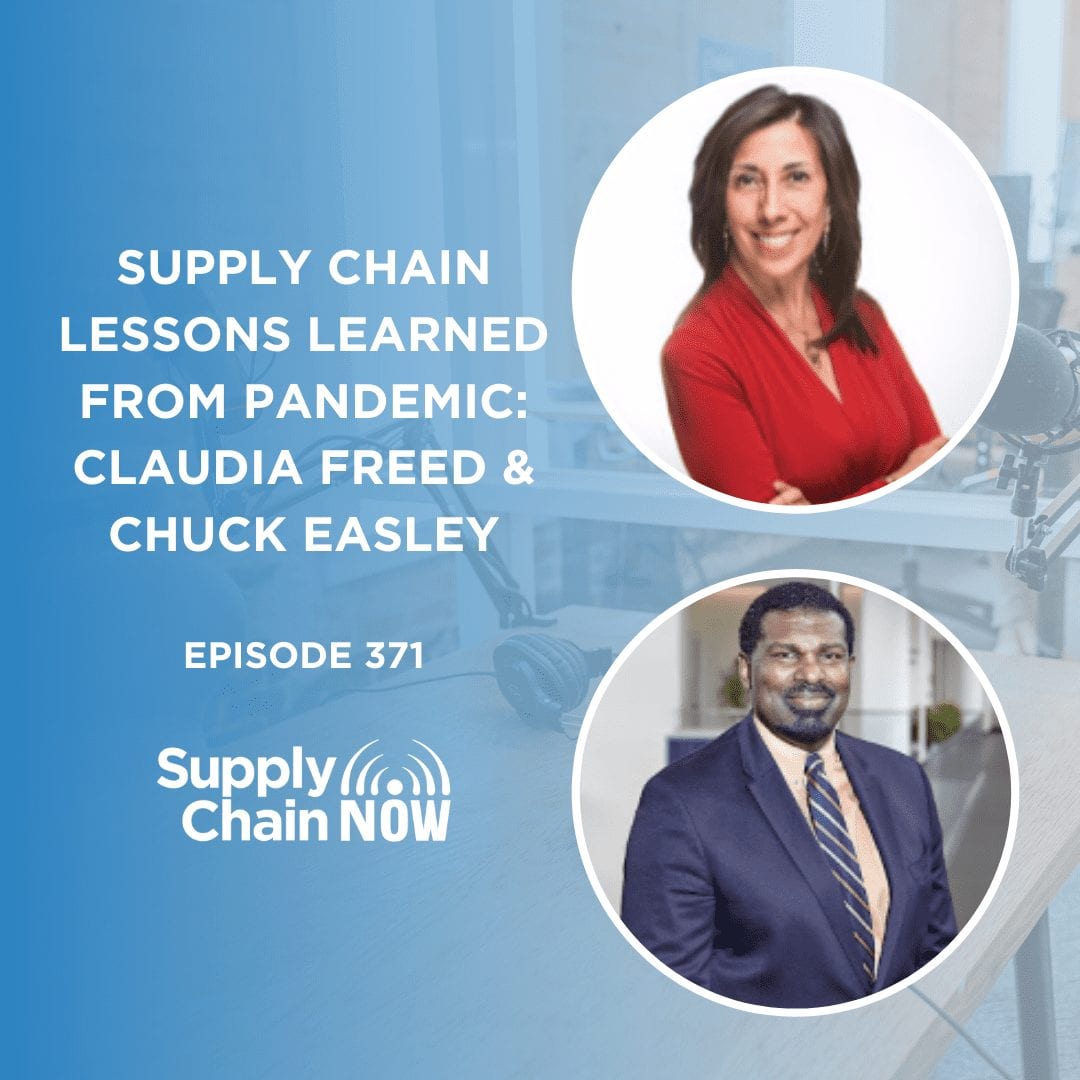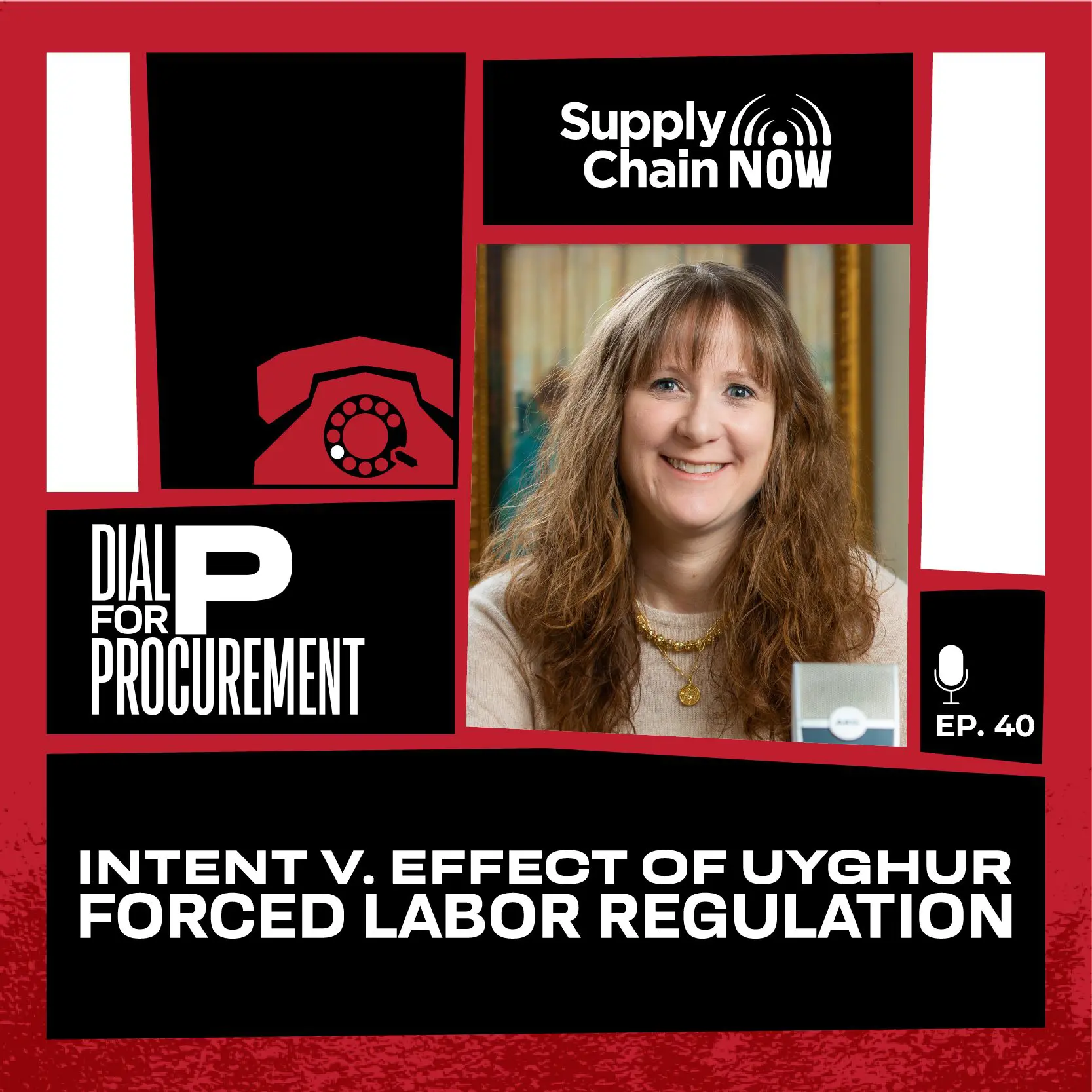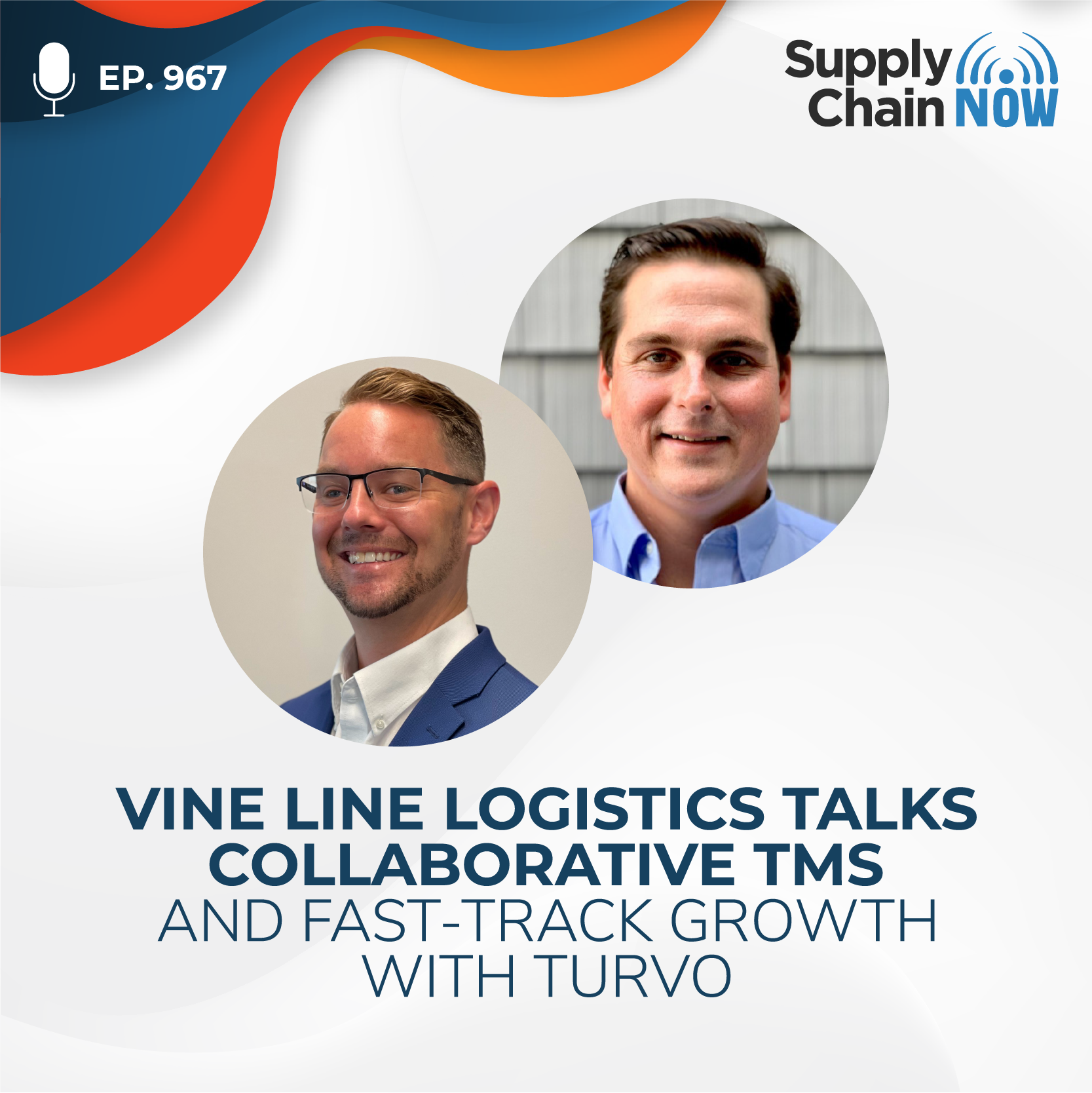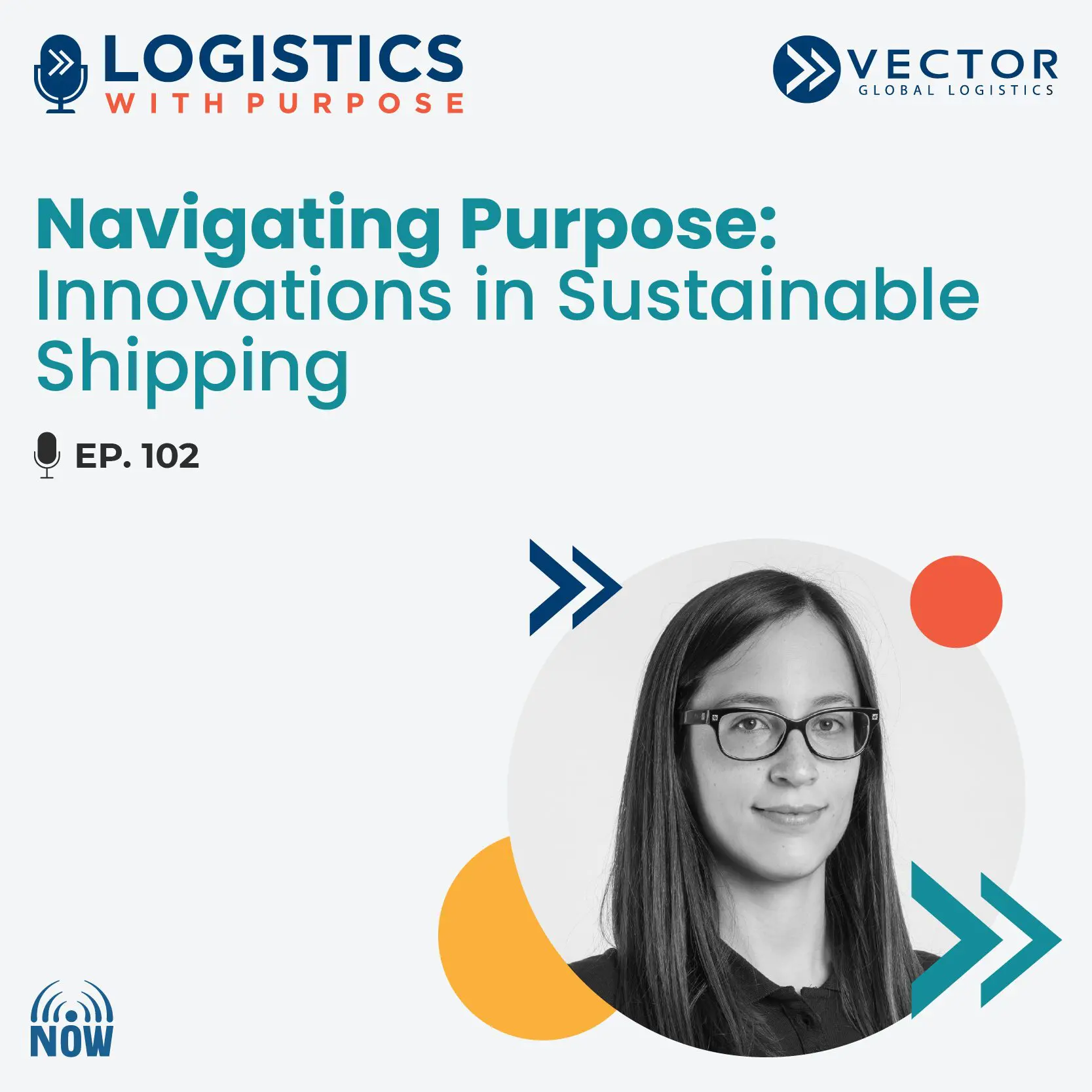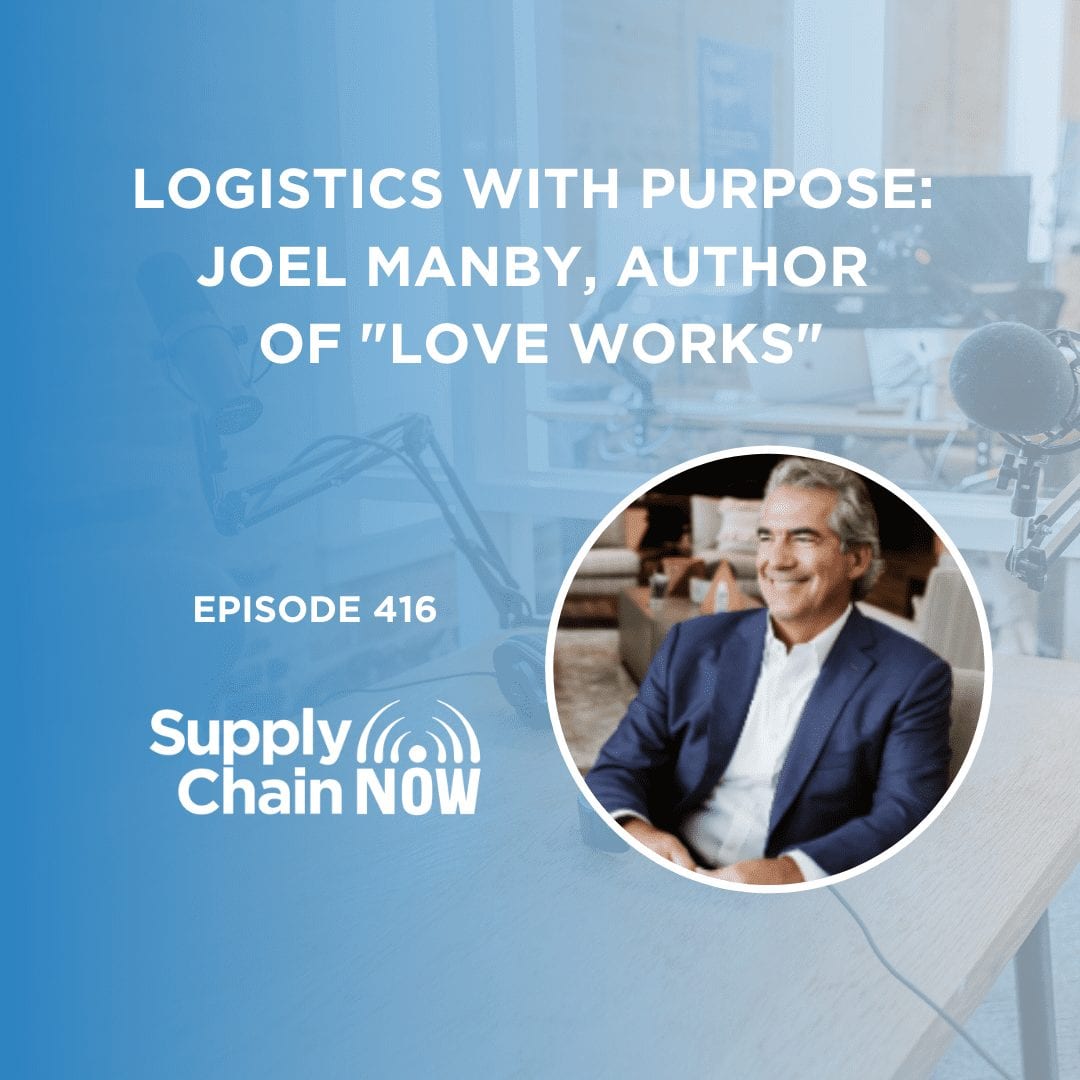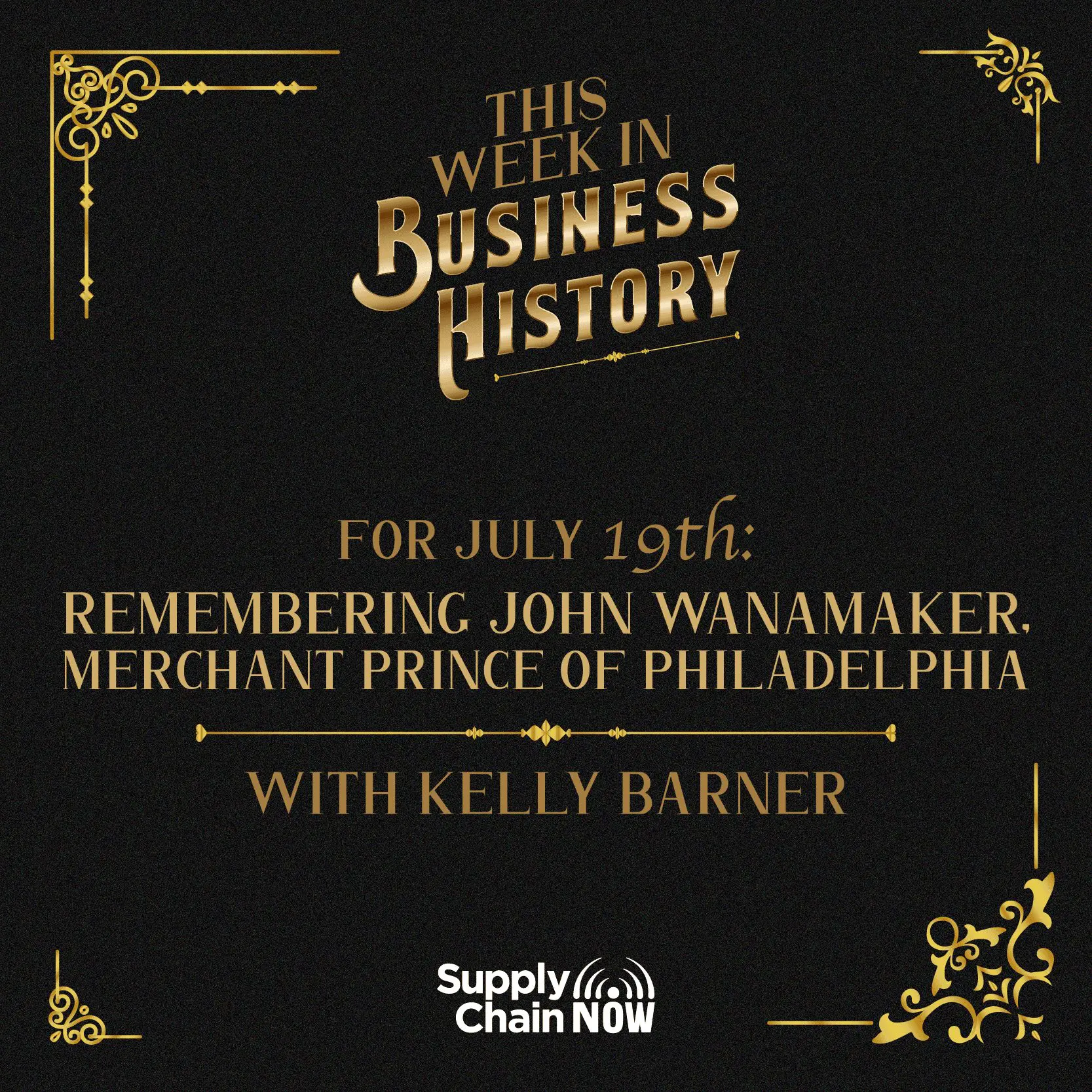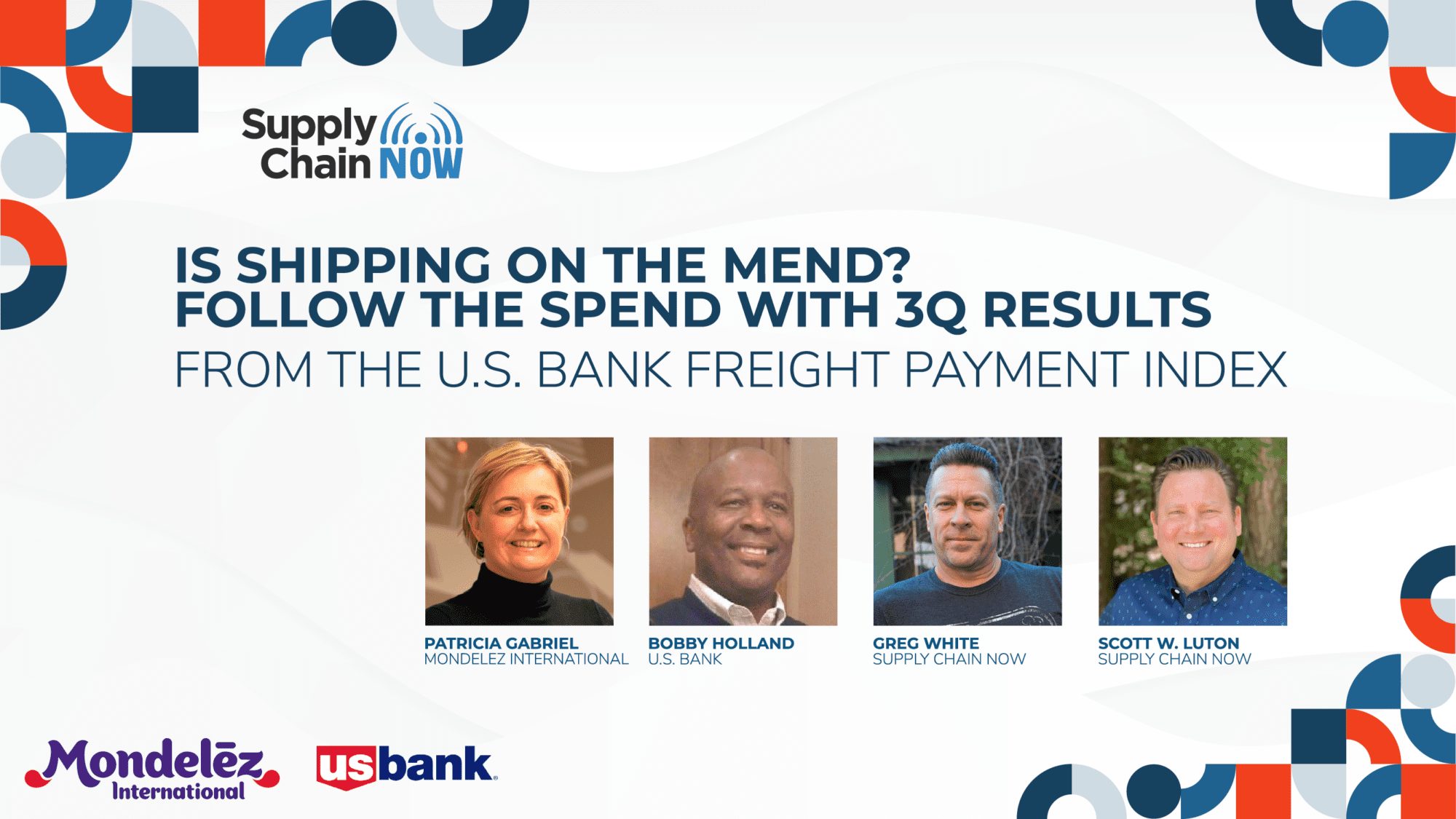
Is Shipping on the Mend? Follow the Spend with 3Q Results from the U.S. Bank Freight Payment Index
The U.S. Bank Freight Payment Index for 3Q 2021 has been released, and one thing remains clear: spend is up. More specifically, year over year, quarterly freight spend showed the second largest increase ever – rising 32.6% from 3Q 2020.
What’s driving the dollars, and what can this increase tell us about the state of the supply chain across the country? Supply Chain Now co-hosts Scott Luton and Greg White recently sat down with Bobby Holland, Director, Freight Data Solutions at U.S. Bank, and Patricia Gabriel, Vice President US Customer Service & Logistics, at Mondelez International, to find out. Let’s review highlights from their discussion of the report – and take a look at what you need to consider moving forward.
But first, what is the U.S. Bank Freight Payment Index?
The U.S. Bank Freight Payment Index is a free report you can download each quarter to keep your finger on the pulse of freight shipping volumes and spend from both a national and regional perspective. The report uses actual transaction payment data, de-seasonalized and calendar adjusted for maximum comparability.
How do I use it?
When you’re asking the question, “What happened last quarter?” the U.S. Bank Freight Payment Index is the place to look. Tease out trends, compare regions, benchmark performance – and most importantly – use these insights to better inform decision-making at your organization.
And now, on to the results.
National shipments and spending: Watch out for the headwinds
Overall, shipments showed less growth this quarter than 2Q at 1.5% vs. 4.4%, respectively. A number of headwinds slowed the flow, including increased transmission of the COVID-19 Delta variant, supply chain constraints, automotive plant shutdowns stemming from the microchip shortage, and extreme weather events in the Southeast.
Meanwhile, spending continued to soar, though with slightly less gusto than in 2Q. Double-digit growth in spending characterized every region for reasons good and bad. As limited capacity – marked by both a lack of trucks and personnel to drive them – drives pricing, other more positive contributing factors included robust consumer spending and greater factory output in non-automotive sectors driven by cross-border traffic with Mexico and Canada.
Return to sender: Northeastern shipping woes
The Northeast is showing some signs of recovery after a number of COVID shutdowns with the largest quarter-to-quarter gain in over two years. But with higher diesel prices and tight industry capacity stunting the movement of goods across the Northeast, the stage is set for a clash of challenges old and new. The historical lack of return freight in the region, which disincentivizes carriers from accepting loads, now crosses with an unprecedented labor shortage across trucking, warehousing and more.
Weathering Southeastern storms and stalling out in the Midwest
Housing starts remained elevated in the Southeast, but storms and other factors slowed shipments by 2.9% over the previous quarter. Rising fuel prices, particularly in diesel, boosted the spend index 5% above the 2Q average – a 35% gain from last year.
At a 3% increase, spend also outsized shipments in the Midwest due to a combination of steep fuel prices and stalled auto production. In both regions, chip shortages aren’t just a problem for making cars – they’re also driving the shortage of trucks that can move goods.
Our panel of experts agree: you can only be so clever with transport until you simply need a new truck. Creative workarounds will inevitably fall short, further driving both pricing and shipment slowdowns.
For signs of recovery, look West
Congestion, be gone! Well, not quite. But both the Southwest and West are seeing greater movement on the shipment front, a hopeful sign after major slowdowns for much of the last year, including those headline-grabbing port backups along the coast.
The Southwest has officially reached its highest level of freight in two years, increasing another 1.9% in 3Q. And as in other regions, the lethal combination of capacity constraints and higher diesel prices boosted pricing, with spend growing 5.9% over 2Q.
But the prize for “most improved” goes to the West, where shipping saw its strongest gains – up 13.8% from last quarter (three times the growth rate of the next highest region). A high volume of imports moved through coastal seaports, promising progress that was curtailed only by a decline in housing starts. And as everyone braces for the arrival of the holiday season, stores are stocking up and consumers are buying early, helping to drive the spend index up 15.7% over 2Q.
Don’t expect quick fixes (and other key takeaways)
Despite signs of shipping progress in 3Q, don’t expect a 4Q or 1Q 2022 bounceback. It’s going to take major investments in systemic issues, like a historic lack of shared data and visibility across ports, to reduce the number of fiefdoms that worsen slowdowns.
When it comes to shipping, drivers are king. But are they treated as such within the profession? It’s another issue that won’t be solved overnight – but merits immediate reflection and action.
Winter is coming. We’ve already seen the negative impact that comes with extreme weather events like the recent storms in the Southeast, and given all the other roadblocks at play, freight is even less equipped for the coming season of snow.
Take a closer look with the full report

